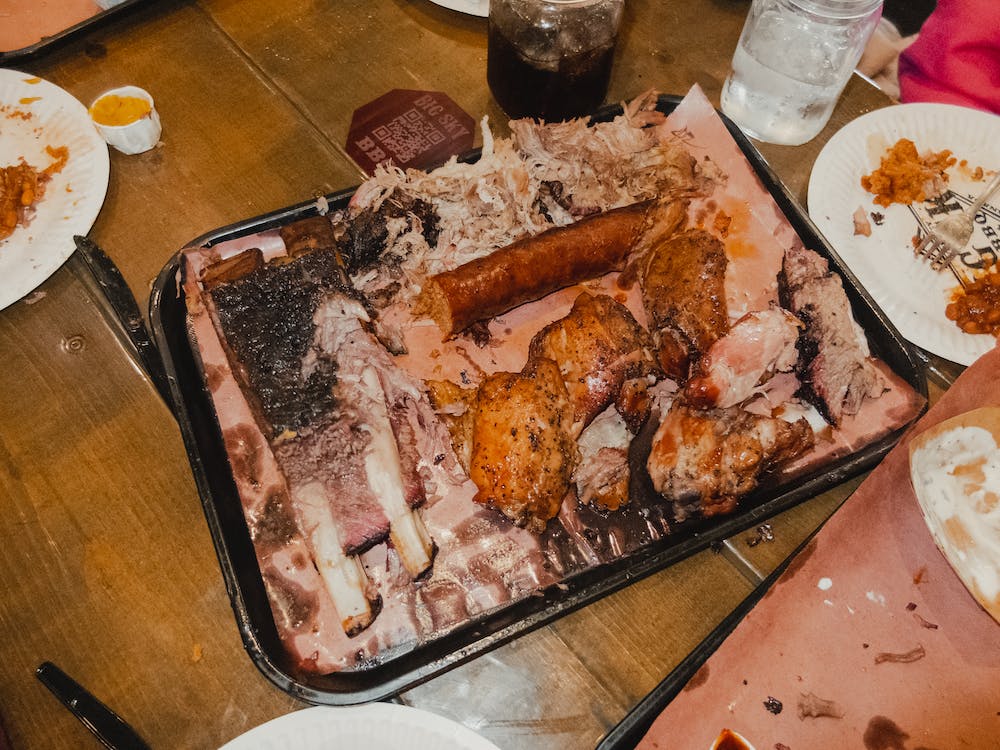
Do You Remove Sausage Casing, Removing the casing from your sausage while cooking is generally a good idea. By doing so, you can access the savory filling inside, which can be used for other recipe ideas. Furthermore, if you are cooking a sausage with an inedible skin, like venison, then it’s even more important to remove the casing during cooking.
Here are a few specific examples of when it’s best to remove the casing from your sausages:
How Do You Remove The Sausage Casing?
Removing the sausage casing can be a simple yet delicate task. To begin, ensure that the sausage is fully cooked.
This will help to loosen the casing and make it easier to remove. Once cooked, allow the sausage to cool slightly, making it more manageable. Gently pierce the casing with a sharp knife at one end of the sausage.
Be cautious not to cut too deep; you want to avoid slicing into the meat. Once a small opening is created, use your fingers to peel away and remove the casing. It may take some patience and careful handling, but with some practice, the casing should easily peel away in one smooth motion. Alternatively, you prefer not to handle the sausage directly.
In that case, you can pinch and twist the casing near one end, effectively pushing the meat out of the opposite end, leaving you with a casing-free sausage ready to enjoy in your favorite recipes.
Is It Necessary To Remove The Sausage Casing Before Cooking?
The decision to remove the sausage casing before cooking largely depends on personal preference and the type of sausage being prepared.
Generally, the casing is used to hold the meat mixture together during production, and it can vary in composition and texture. Natural casings, which are often made from animal intestines, can add a pleasant snap and an authentic taste to the final product.
However, some people may find the casing tough or unappetizing when consumed. In such cases, removing the casing before cooking can be a suitable option.
On the other hand, some sausages are encased in edible synthetic or collagen casings, which are intended to be consumed along with the sausage meat.
Understanding the type of casing and considering personal preferences can help individuals decide whether or not to remove the sausage casing before cooking. Ultimately, the decision should prioritize culinary enjoyment and personal taste.
What Happens If You Cook Sausage With The Casing On?
The casing, usually made from natural animal intestines or synthetic materials, is used to protect the meat while cooking. It helps to keep the moisture intact and prevents excessive fat or juices from escaping, resulting in a juicy and flavorful sausage.
Moreover, the casing helps maintain the sausage’s shape, making it look more visually appealing. However, leaving the casing on can make it chewy or tough if the sausage needs to be cooked correctly.
It is essential to ensure thorough cooking to avoid this, as the casing can be more challenging than the meat itself.
Many recipes recommend pricking the sausage casings before cooking to let the excess fat escape and prevent bursting. Whether to cook sausage with or without the casing depends on your preference and the desired texture.
Does Removing The Casing Affect The Taste Or Texture Of The Sausage?
When you remove the casing from sausage, it can have an impact on its taste and texture. This is because the casing is a barrier that seals in juices, flavours, and affection during cooking. By removing the casing, the sausage becomes more exposed to direct heat and loses some of its moisture, which can result in a slightly different texture.
Without the casing, the sausage may have a looser or crumblier consistency as the casing provides support and helps to keep the meat mixture together.
The casing can also contribute to the overall flavor profile of the sausage. Natural casings, like those made from animal intestines, may add a subtle earthiness to the taste, while artificial casings may have no flavor.
Removing the casing may slightly change the flavor, making it more pronounced or altering the balance of flavors in the final product. Ultimately, whether or not removing the casing affects the taste or texture of the sausage depends on personal preference and the specific recipe or cooking method used.
FAQS:
What is sausage casing?
Sausage casing is the outer layer or covering of sausage that holds the filling together. It can be made from various materials, including natural casings (such as animal intestines) or artificial casings (such as collagen or cellulose).
Why would someone want to remove sausage casing?
People remove sausage casing for various reasons. Some don’t like the texture or taste, while others have dietary restrictions. Removing the casing makes it easier to use in recipes where the casing isn’t needed.
Can I cook sausages without removing the casing?
Sausages can be cooked with the casing on to preserve their shape and flavor. You can remove the casing before or after cooking if you prefer not to eat it.
Are there any sausages where the casing is meant to be eaten?
Some sausages have edible casings like bratwurst or Italian sausage. If you’re not sure, check the packaging, recipe, or manufacturer’s instructions.s.
Can I use sausage casing for other cooking purposes?
Sausage casing has uses in cooking. It can be used for homemade sausages, charcuterie, or stuffed vegetables, providing unique flavor and texture.
Are there any alternatives to sausage casing?
Vegetarian and vegan sausages use plant-based casings like cellulose or alginate as alternatives to traditional sausage casings.



